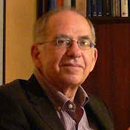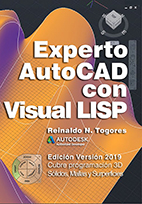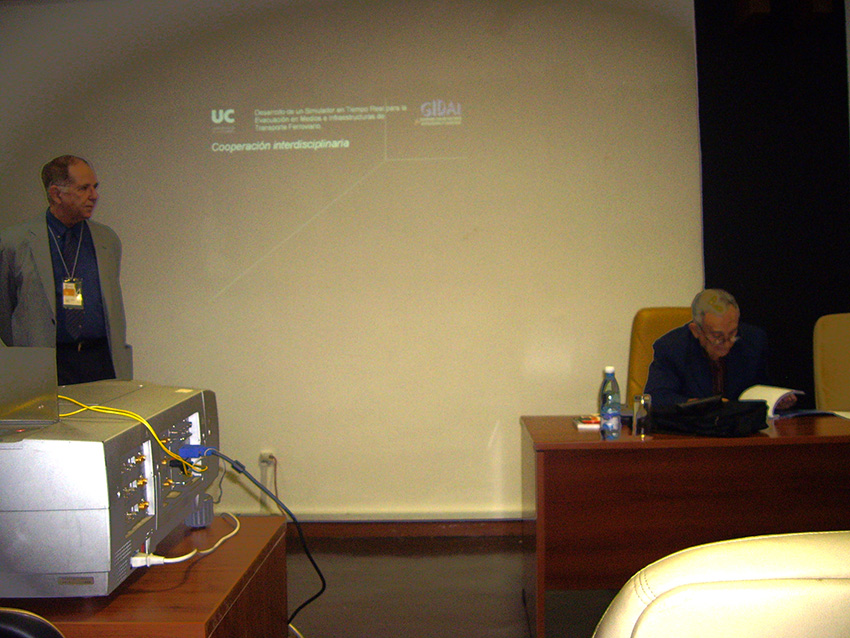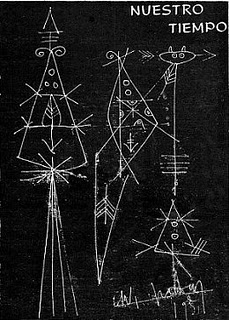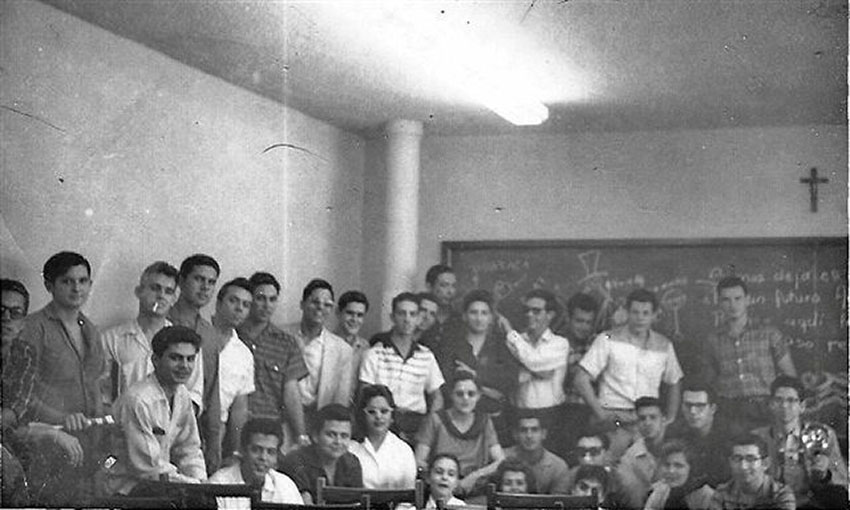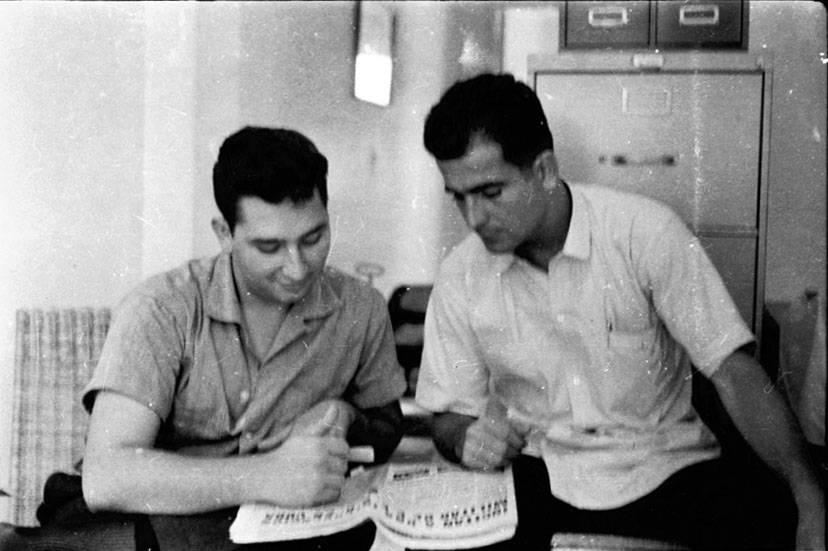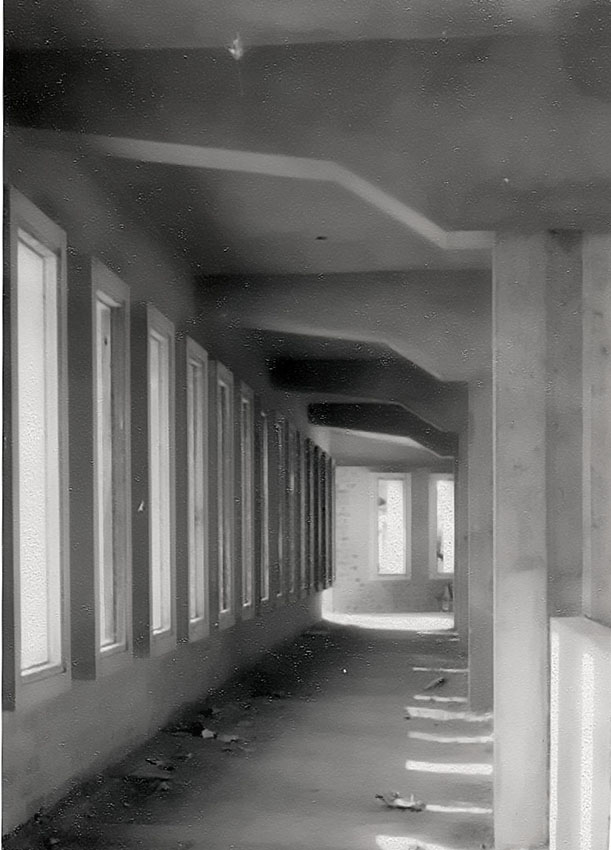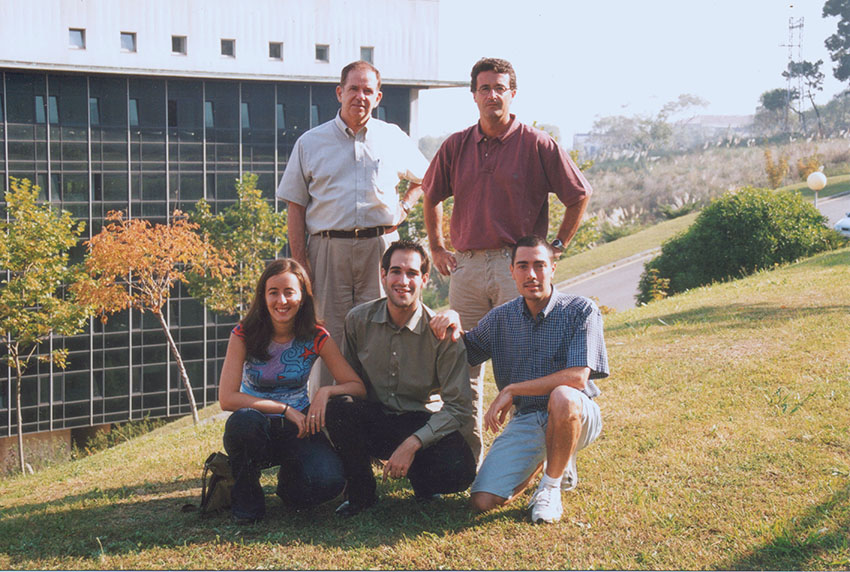How was your vocation for architecture born?
I attended primary school at The Phillips School, located in the Kohly suburb. I remember there were two kids passionate about drawing. One of them was Sergio Ferro, the other one was me. Sergio was one year older, the one in my own classroom was his brother Manolo. Since then I knew that my vocation had a lot to do with visual expression. I guess the same was true for Sergio. We ended up both as architects. About Architecture I knew little, I was more inclined initially towards painting, and especially cinematography.
In my adolescence I was a cine-club enthusiast. I attended regularly to that of the OCIC (International Catholic Film Office) one of whose heads was Father Tomás Macho, who was my high school teacher at the Colegio de Belén, and one of my dearest friends then. I remember I even got to write a script for a short film that I showed him and costed me a good scolding as he considered it to be morally objectionable. This didn't hurt our friendship, though.
On the other hand, I was also a member of the "Nuestro Tiempo" Cultural Society, which was nothing more than a Communist Party (PSP) front, and regular attendant to their cinema club sessions. So my ideological experience spanned both extremes.
Not to miss a thing of what happened in this milieu, I even attended the opening session of the first Cinematheque of Cuba, promoted among others by my Colegio de Belén schoolmate Adrian García-Hernández. This under Batista's rule, and of course very short-lived.
On the other hand, I was also a member of the "Nuestro Tiempo" Cultural Society, which was nothing more than a Communist Party (PSP) front, and regular attendant to their cinema club sessions. So my ideological experience spanned both extremes.
Not to miss a thing of what happened in this milieu, I even attended the opening session of the first Cinematheque of Cuba, promoted among others by my Colegio de Belén schoolmate Adrian García-Hernández. This under Batista's rule, and of course very short-lived.
At the time of deciding on a university career, cinema in Cuba was pure utopia, (I was also tempted by publicity, the well known psychologist Bernal del Riesgo even subjected me to a vocational test, exploring my possibilities in this direction). Painting was all right as a hobby but not enough to live on. Then a neighbor of ours, Oscar Valdés (the father of the composer Marta Valdés), an architect who later, after 1959, was a professor at the Havana University, took me with him on a visit to the Miramar residences he was then building. This visit made me see the possibilities of creatively modeling space.
Some time later I discovered Ricardo Porro (then a fellow traveler) in one of the Nuestro Tiempo's activities. Upon completion of high school in 1956 I had already reached a decision and entered as a student at the Catholic University of Santo Tomas de Villanueva. There I made some of my best friends in life, including Architect Salvador Gomila. I met Arnaldo Sicilia there, too. He began his studies a year after us.
Some time later I discovered Ricardo Porro (then a fellow traveler) in one of the Nuestro Tiempo's activities. Upon completion of high school in 1956 I had already reached a decision and entered as a student at the Catholic University of Santo Tomas de Villanueva. There I made some of my best friends in life, including Architect Salvador Gomila. I met Arnaldo Sicilia there, too. He began his studies a year after us.
The Varona Library project was carried out when you and architect Arnaldo Sicilia were still students of Architecture. How did you assume this professional challenge?
I made my whole career working. My first work dates from 1959, as an inspector for the public employment services of the Havana Municipality, then headed by my friend Alfonsito Iglesias and where a group of teenager "fellow travellers" gathered, including Javier de Varona and Raulito Macias.I married in 1961 and by that time was working in the Viviendas Campesinas projects department which had its headquarters in the town of Wajay and that later on moved to the INRA building at the Plaza de la Revolución. When Osmín Fernández appointed Salvador as head of Urbanism for Marianao, both my wife and I went to work with him. When I started working at the JUCEI, Sicilia had already defined the Library's general planning and my involvement was focused on developing the detailed designs for several areas. My understanding of architecture I believe was quite different from that of Sicilia. He was so much more an executive, we could say. Reaching decisions costed me more, having to travel through so many ideological and cultural byways. What architecture would be for me was made clear when I heard Ricardo Porro defining it as "a poetic framework for human activity". For me designing a children's storytelling room was impossible without reviving sensations and feelings of childhood.
As when when years later designing schools was my job, and did so with the illusion of building a new Icaria, of building the framework of an Utopia that then, in my ingenuity, I thought at last possible.
Is there any anecdote about the design and construction process you could share?
Well, I recall our permanent annoyance with our structural engineer (I believe that it was Civil Engineer Montero, but I might be wrong in the name) by very generous beam sections, which always seemed excessive to us.In what year were you graduated as Architect?
In 1966. Although I had begun my studies at Villanueva during the second semester of 1956, they passed to a second place as I became increasingly involved in the students resistance movement against the dictatorship then in power. This led to not being able to continue my studies in Villanueva and having to begin anew at the University of Havana in 1959.With whom, as an Architect, do you feel identified or has marked in any way your architecture's style?
I have already mentioned Ricardo Porro, although I would not call it an influence if by this we understand style, at least considering it merely as a formal exercise. I've learned a lot from the people around me, from my friends, many of them not being architects, from what I've seen, from what I've read... On the other hand I don't believe in style. I believe that a building has a soul or doesn't have it. And I believe that goes far beyond form.How would order, for the evaluation of a work of architecture, with a maximum score of 10, the following characteristics: economy, functionality, aesthetics, artistic expression, constructive excellence?
I would refer to Sir Henry Wotton's words paraphrasing Vitruvius: “Well building hath three conditions, commodity, firmness and delight.”Considering all of your Cuban projects, the outcome of which one of them pleased you the most?
I have talked about it elsewhere. Ours was a generation of architects that arrived late. The important commissions were made to professionals who graduated before 1959. For us only works that promised little recognition remained. Such as prefabricated schools. But with imaginativeness you can make art out of anything, no matter how meager it seems. So when I was offered the Vocacional de Camagüey project I did not hesitate for a moment. Every once in a while I receive a message from someone who studied at the school, thanking me for having surrounded with poetry (even if it was prefabricated) their teenage years.Your career encompasses two stages, a first one linked mainly to the practice of architecture and a second one related to teaching. With which one of them have you felt more identified?
For me it is only one. As a child I dreamed of transforming reality for the better. With architecture there is little what I've managed to transform. As most of my contemporaries, I have not been given that opportunity. But the reality each one of us carries inside is far more important. And I believe that as a teacher I've contributed to improving that of many which at some point were my pupils. Of those students who have always been my friends.Since 1994 I am a Graphic Expression professor at the University of Cantabria in Santander, northern Spain. Besides teaching I have taken part in several research projects and written a book on programming for AutoCAD. Right now I work in the development of virtual reality environments aimed at fire safety applications. Such as you see I'm pretty busy. I hope it will serve as an excuse for the delay in answering this questionnaire.
Have you visited the Enrique Jose Varona Library lately?
It has been a long time since I last visited it. In late 1988 I was at an ISPJAE Congress in Havana and that visit was something I missed doing. I hope I'll be able someday.This article was originally published on the blog EL IMPARCIAL DIGITAL. ARQ. CHEO MALANGA: ENTREVISTA CON REINALDO TOGORES
Enrique J. Varona Library (I)
Enrique J. Varona Library (II)
Enrique J. Varona Library (III). Interview with Architect Reinaldo Togores.
Enrique J. Varona Library (II)
Enrique J. Varona Library (III). Interview with Architect Reinaldo Togores.
